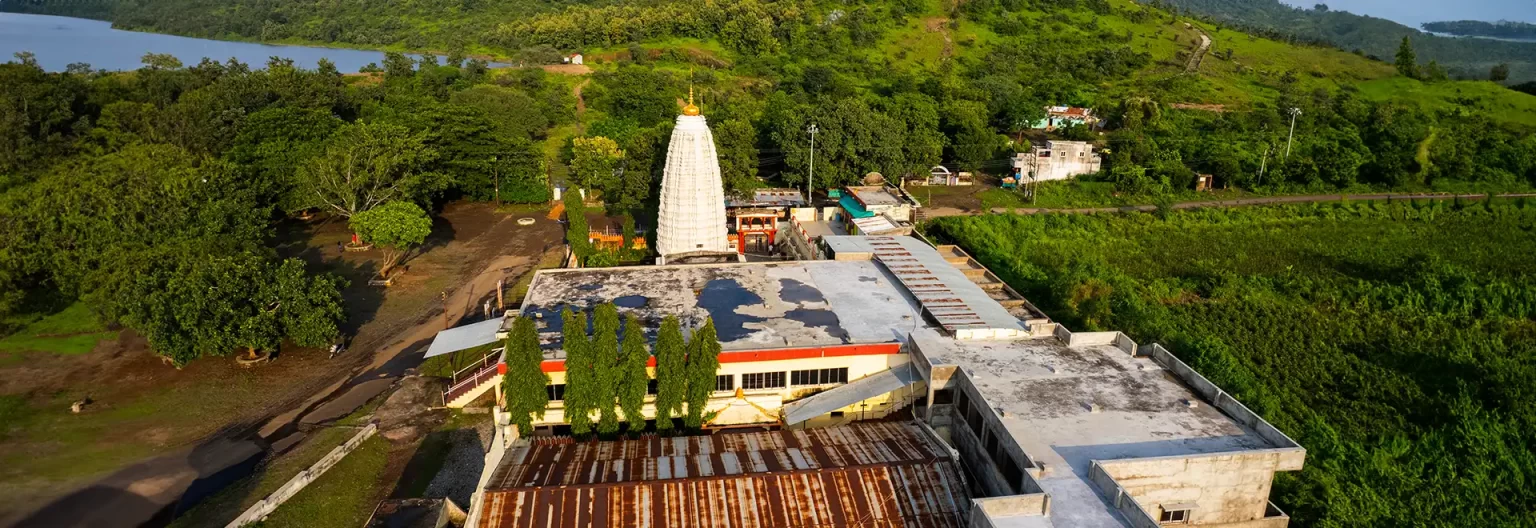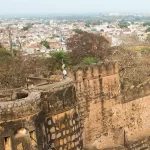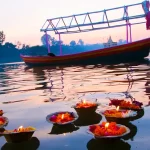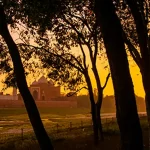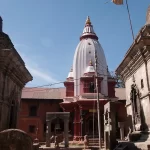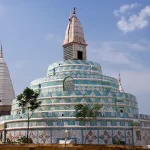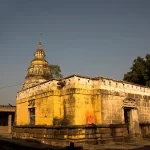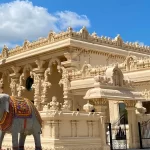Lalitpur: A Historical and Cultural Marvel
Lalitpur, situated in the heart of Uttar Pradesh, is a treasure trove of history, architecture, and spirituality. Known for its architectural masterpieces, serene landscapes, and rich cultural heritage, Lalitpur attracts visitors from all over the world. Two of its crowning jewels are the Deogarh Jain Temples and the Dashavatara Temple, two sites that epitomize India’s glorious past and religious diversity.
Deogarh Jain Temples: A Testament to Faith and Art
The Deogarh Jain Temples are a remarkable cluster of intricately carved shrines located in the tranquil setting of Deogarh village in Lalitpur. These temples, constructed between the 8th and 17th centuries, reflect the spiritual devotion, artistic brilliance, and architectural ingenuity of the Jain community.
Key Highlights of the Deogarh Jain Temples
1. Architectural Excellence
The temples are adorned with intricate sculptures and carvings that depict Jain Tirthankaras, floral motifs, mythical creatures, and celestial beings. The level of detail and craftsmanship is unparalleled, showcasing the expertise of ancient artisans.
2. Parsvanath Temple
The most prominent among the group, this temple is dedicated to Lord Parsvanath, the 23rd Tirthankara. Its sanctum houses a stunning idol of the deity, surrounded by exquisitely detailed carvings that narrate episodes from Jain scriptures.
3. Monolithic Icons
The site is home to several colossal monolithic statues of Jain Tirthankaras, some towering over 20 feet in height. These awe-inspiring sculptures are a testament to the devotion and artistic vision of their creators.
4. Symbolism and Inscriptions
The walls and pillars of the temples are inscribed with ancient scriptures, mantras, and symbols, providing a glimpse into the spiritual beliefs, traditions, and practices of the Jain faith during that era.
5. Surrounding Landscape
Set amidst lush greenery and overlooking the Betwa River, the temples provide a serene and meditative environment for visitors, enhancing their spiritual experience.
The Deogarh Jain Temples are not merely places of worship but also serve as historical archives, offering insights into the cultural and artistic achievements of ancient India.
Dashavatara Temple: A Window to Gupta Era Grandeur
The Dashavatara Temple, located in Deogarh, is one of the finest examples of early Hindu temple architecture. Built during the Gupta Period in the 6th century, this temple is dedicated to Lord Vishnu and stands as a timeless masterpiece of classical Indian architecture.
Key Features of the Dashavatara Temple
- Iconic Dashavatara Panels: The temple derives its name from the intricately carved panels that depict the ten incarnations (Dashavatara) of Lord Vishnu. Each panel is a narrative marvel, illustrating stories from Hindu mythology and showcasing divine interventions.
- Shikhara and Mandapa: Though partially in ruins, the remnants of the temple’s shikhara (spire) and mandapa (pillared hall) highlight the architectural ingenuity of the Gupta craftsmen. The harmonious proportions and elegant designs are hallmarks of Gupta-era artistry.
- Narasimha and Gajendra Moksha Reliefs: Two prominent sculptures on the temple walls depict the Narasimha avatar (Vishnu as a half-man, half-lion) and the Gajendra Moksha (Vishnu rescuing an elephant king). These reliefs exemplify narrative artistry and devotional themes.
- Sacred Sanctum: The garbhagriha (sanctum sanctorum) houses an idol of Lord Vishnu, surrounded by intricate carvings and motifs that reflect the devotional fervor of the time.
- Cultural Significance: The Dashavatara Temple is an architectural gem that bridges the spiritual and artistic realms, offering a vivid glimpse into the cultural and religious advancements of the Gupta period.
The Dashavatara Temple stands as a proud reminder of India’s rich heritage and is an indispensable destination for history buffs and spiritual seekers.
How to Reach Lalitpur
Lalitpur is well-connected to major cities in Uttar Pradesh and neighboring states, making it easily accessible for travelers:
By Air: The nearest airport is Khajuraho Airport, located around 175 km from Lalitpur. Regular flights connect Khajuraho to cities like Delhi and Varanasi.
By Train: Lalitpur Railway Station is a significant railhead, connecting the region to cities like Jhansi, Bhopal, and Delhi. Frequent trains ensure a smooth journey for visitors.
By Road: A network of national and state highways links Lalitpur to nearby towns and cities. Regular buses, private taxis, and self-drive options make road travel convenient and enjoyable.
Best Time to Visit Lalitpur
The best time to explore Lalitpur is during the winter months (October to March), when the weather is pleasant and ideal for sightseeing. The cool breeze and clear skies during this period enhance the overall travel experience, making it perfect for visiting historical sites and enjoying the natural beauty of the region.
Must-Visit Attractions in and Around Lalitpur
- Deogarh Jain Temples: A serene cluster of temples showcasing the Jain faith and artistic brilliance.
- Dashavatara Temple: A stunning example of Gupta-era architecture and Vishnu worship.
- Matatila Dam: A scenic spot perfect for picnics and nature walks, offering breathtaking views of the reservoir.
- Rajghat Dam: Another picturesque location ideal for relaxation and photography.
- Parichha Dam: Known for its serene environment and opportunities for water activities.
- Vindhya Hills: Perfect for trekking and enjoying unspoiled nature.
Cultural and Artistic Significance
Lalitpur is a melting pot of art, culture, and spirituality. The intricate carvings on the temples, the serene atmosphere of the Jain complexes, and the Gupta-era sculptures reflect the region’s rich cultural heritage. The harmonious blend of Jain and Hindu influences in architecture and art underscores the area’s historical significance and its role as a cultural crossroads.
Unexplored Gems in Lalitpur
For those seeking offbeat experiences, Lalitpur offers several hidden treasures:
Unrestored Jain Temples: Scattered around Deogarh, these lesser-known temples offer a glimpse into ancient artistry and the enduring legacy of Jainism.
Rock-Cut Caves: Found in the nearby hills, these caves are believed to have been used by ascetics and monks for meditation and spiritual practices.
Natural Trails: The Vindhya Hills surrounding Lalitpur provide excellent opportunities for trekking, bird-watching, and exploring unspoiled landscapes.
Ancient Water Reservoirs: Historical stepwells and reservoirs in the region highlight the ingenuity of ancient water management systems.
Public Guidelines for Visitors
To preserve the sanctity and heritage of Lalitpur’s temples and sites, visitors are encouraged to:
- Respect the religious and cultural significance of the sites.
- Avoid littering and contribute to maintaining cleanliness.
- Wear modest clothing, especially while visiting temples.
- Follow the instructions of local guides and caretakers.
Lalitpur, with its blend of spirituality, history, and natural beauty, offers an unparalleled travel experience. The Deogarh Jain Temples and Dashavatara Temple stand as timeless monuments to India’s rich heritage and artistic legacy. Whether you’re a history enthusiast, a spiritual seeker, or a nature lover, Lalitpur promises an enriching journey that will leave you in awe of its magnificence.

